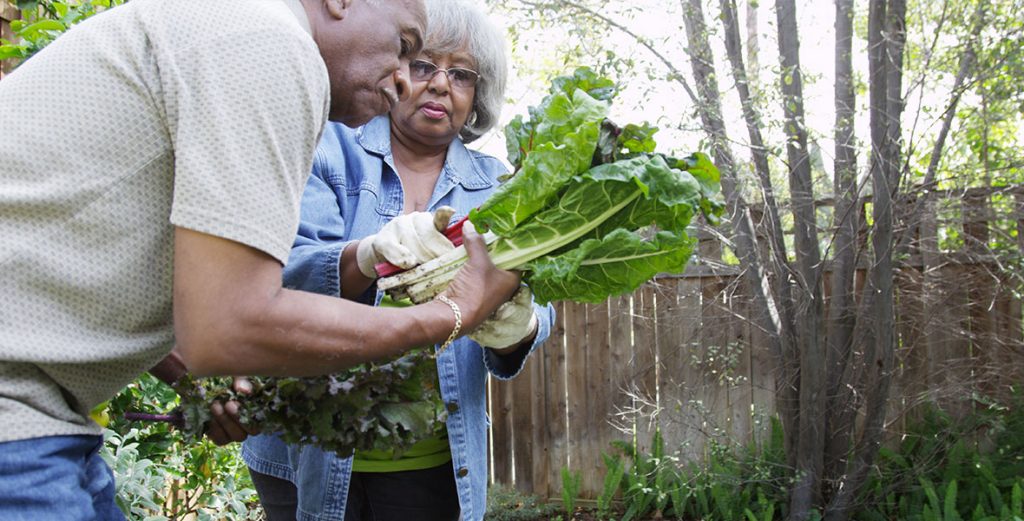Tips To Combatting Seasonal Affective Disorder (SAD)
Seasonal affective disorder (SAD) is a mood disorder that comes and goes with seasonal changes. Also known as winter depression, this type of depression typically starts and ends around the same time yearly. Most people experience SAD during the fall and winter months. Nonetheless, some individuals experience depression as a result of SAD during spring or early summer.
People with this disorder tend to feel “down” as days get shorter during the fall or winter. This is referred to as “winter blues.” Longer daylight hours in the spring, on the other hand, make them feel rejuvenated.
These mood changes may, at times, be more serious, affecting how an individual thinks, feels, or does their daily activities. You may be suffering from a type of depression known as seasonal affective disorder (SAD) if you have noticed severe changes in your behavior and mood when the seasons change.
What Causes SAD?
The specific causes of SAD remain unknown. Nonetheless, SAD is connected to reduced sunlight exposure during shorter fall and winter days. Here are some factors that are linked to this disorder:
• Serotonin levels
Serotonin is a brain chemical that affects your mood, sleep, and appetite. This neurotransmitter may play a part in seasonal affective disorder. A drop in serotonin levels may be caused by reduced sunlight, which leads to feelings of depression.
• Melatonin levels
Melatonin is the hormone responsible for your sleep patterns. This hormone may be produced in higher amounts in people with SAD during changes in season.
• Circadian rhythm
Reduced sunlight in fall and winter may trigger winter-onset SAD. Waking up to low sunlight levels may disrupt your body’s internal clock causing SAD.
Combating Seasonal Affective Disorder (SAD)
Lower levels of melatonin and serotonin can negatively affect your mood, sleep, and overall well-being. Here are some tips to help you combat SAD:
• Get Enough Light
The effects of daylight can help combat the symptoms of seasonal affective disorder (SAD). Go out every day, even when it is cloudy. Try taking in as much natural sunlight as possible. Remember to keep your blinds open during the day.
• Practice Selfcare
Always try to get enough sleep. However, don’t get too much sleep since SAD symptoms can make you feel hibernated. Regular physical activity, more so outdoors, can activate “feel good” brain chemicals. These chemicals help to fight the symptoms of SAD.
Eat a healthy balanced diet to give you more energy. Also, remember to shun alcohol and recreational drugs.
• Socialize
It isn’t easy to socialize when you are feeling down. Try to connect with people you love. Lively conversations with people you enjoy being around can help combat SAD symptoms. Your social network is very essential.
• Manage Your Stress Levels
It is best to avoid stressful situations if you want to improve your symptoms. Learn techniques to handle stress better. Stress can lead to overeating and depression.
• Take a Vacation
Visit a sunny location if gloomy winter days trigger SAD. Head out to a destination with lots of natural light the next time the winter season is close. If you experience summer SAD, take summer vacations in cooler locations.
You may have a form of SAD if you feel irritable, fatigued, and depressed at the same time every year. Your biological clock, serotonin levels, and melatonin levels are some of the factors that affect your SAD symptoms. Talk to your doctor today about how you feel. Remember to follow the discussed tips to combat SAD.
Share this post:
Better Living for Today
8 Tips For Sprucing up Your Garden
There are a number of things can do to add…
Read MoreNew Year, New Medicare Part B Updates
With Medicare Part B monthly premiums set to increase in…
Read More



